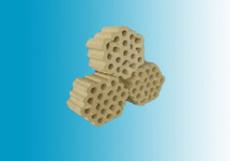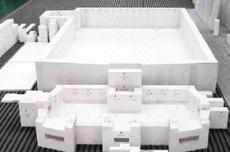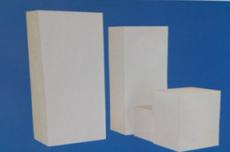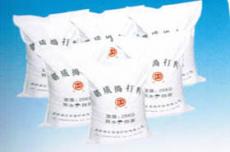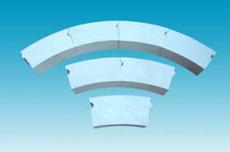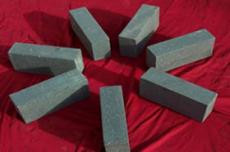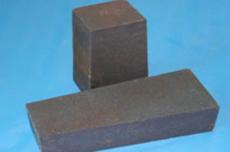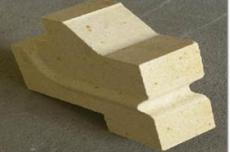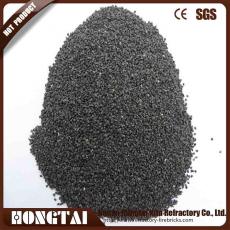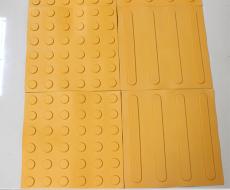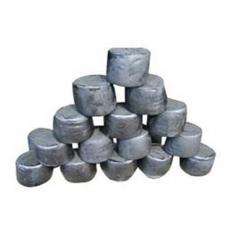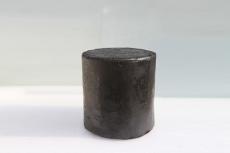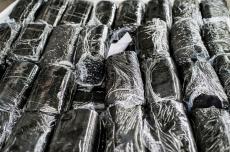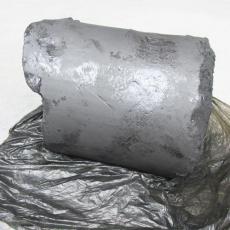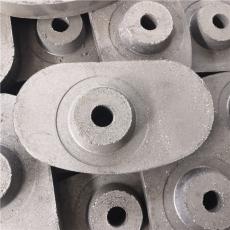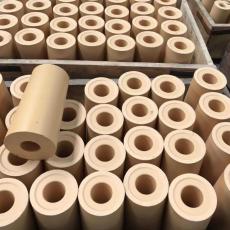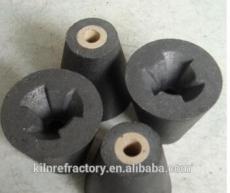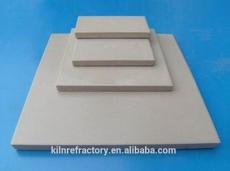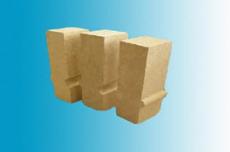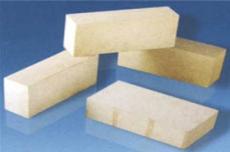
III. Refractory materials for copper smelting
In the copper smelting process, roasting, smelting, blowing, refining and melting all have their own thermal furnaces. The refractory materials used in them are introduced as follows:
(1) Roasting equipment. The roasting process is an exothermic reaction. Generally, no additional fuel is required. The working temperature generally does not exceed 820℃. There is no erosion and wear. Clay bricks are usually used. Important parts are built with high-alumina bricks, which have a long service life.
(2) Smelting equipment. There are mainly blast furnaces, reverberatory furnaces, silver copper smelting furnaces, submerged thermal electric furnaces and flash smelting furnaces. In addition, there are top-blown converters and Mitsubishi continuous copper smelting furnaces, which can directly smelt copper concentrate into higher purity crude copper.
Blast furnace: The upper part is subject to mechanical wear of the furnace charge and is built with clay bricks. The tuyere and inclined furnace wall are cooled by vaporization. The inner lining is built with clay bricks. The main hearth carries the copper liquid. The working layer is built with magnesia bricks, magnesia-chrome bricks or chrome bricks.
Reverberatory furnace: The furnace top is directly eroded by high-temperature flames, rapid cooling and heating, and chemical erosion, and is damaged quickly. The vault is generally made of silica bricks, with a service life of 3 to 6 months. Magnesium-aluminum bricks or magnesium-chrome bricks are generally used for suspended ceilings, and the furnace walls are built with fired magnesia bricks, magnesia-chrome bricks and magnesium-aluminum bricks.
Baiyin copper smelting furnace: This furnace is a new furnace developed by Baiyin Nonferrous Metals Company on the basis of the reverberatory furnace. The working layer of the furnace body is built with fired magnesia bricks and magnesia-aluminum bricks. A water-cooled copper sleeve is installed on the outside of the slag line area lining. The furnace bottom is rammed with brine magnesia sand and iron powder, and the tuyere is built with large bricks made of aluminum-chrome slag.
Submersible thermal electric furnace: The damage to the furnace lining is mainly caused by chemical erosion and erosion of high-temperature copper liquid and slag. The electrode holes and charging ports on the furnace top are generally built with dense clay bricks or high-aluminum bricks, and can also be cast as a whole with high-strength castables. The working layers of the furnace wall and the hearth are built with magnesia bricks or magnesia-chrome bricks. A water-cooled copper sleeve is installed on the outside of the lining of the discharge port area to extend the service life of the furnace body.
Flash furnace: It is a new type of furnace that combines the two processes of roasting and smelting. There are many types of furnaces, and the Finnish Outokumpu type furnace is generally used. The operating temperature in the furnace is 1400~1500℃. The working layer of the furnace lining is easily damaged by high temperature, chemical erosion and friction of the charge. Therefore, magnesia-chrome bricks are generally used for masonry. A water-cooled copper sleeve is installed in the slag line area to protect the lining. The furnace body is made of magnesia-chrome ramming material. Some parts use magnesia-chrome refractory castables, which have a longer service life than brick-built ones.
(3) Blowing furnace, which is generally a cylindrical horizontal converter, with an operating temperature of about 1400℃. When loading, the temperature drops to 600~700℃. The temperature fluctuates frequently and is eroded and washed by the molten material. Sintered magnesia-chrome bricks are generally used, and the furnace lining is directly combined with magnesia-chrome bricks and cast magnesia-chrome bricks. The service life is 300~500 furnaces.
(4) Refining equipment, there are two types: reverberatory furnace and converter. my country generally uses reverberatory furnace to refine crude copper. The working layer of the furnace lining is generally built with magnesia bricks and alumina-magnesia bricks. The consumption of refractory materials is 4~10kg per ton of copper. When using a converter to refine crude copper, the lining is generally made of fired magnesia-chrome bricks. The consumption of refractory materials is 1~5kg per ton of copper.
(5) Melting equipment. The melting furnace is also called the cathode furnace. The main furnace types include reverberatory furnace, vertical furnace and induction furnace.
Reverberatory furnace: The operating temperature is about 1600℃. The slag line and the parts below the furnace body are built with magnesia bricks, and the rest are built with alumina-magnesia bricks. The service life is about 2 years.
Vertical furnace: Silicon carbide bricks are used to build vulnerable parts such as the furnace wall and burner area, and high-alumina bricks are used for the rest. Lightweight castables are used for the parts close to the furnace shell, and silicon carbide ramming materials are used for the furnace bottom.
Induction furnace: The furnace lining is generally built with high-alumina bricks. The area around the melting groove where the coil passes is generally rammed with borax-combined siliceous ramming material. The melting life of copper is 3 to 4 months, and the melting life of brass is 10 months.
